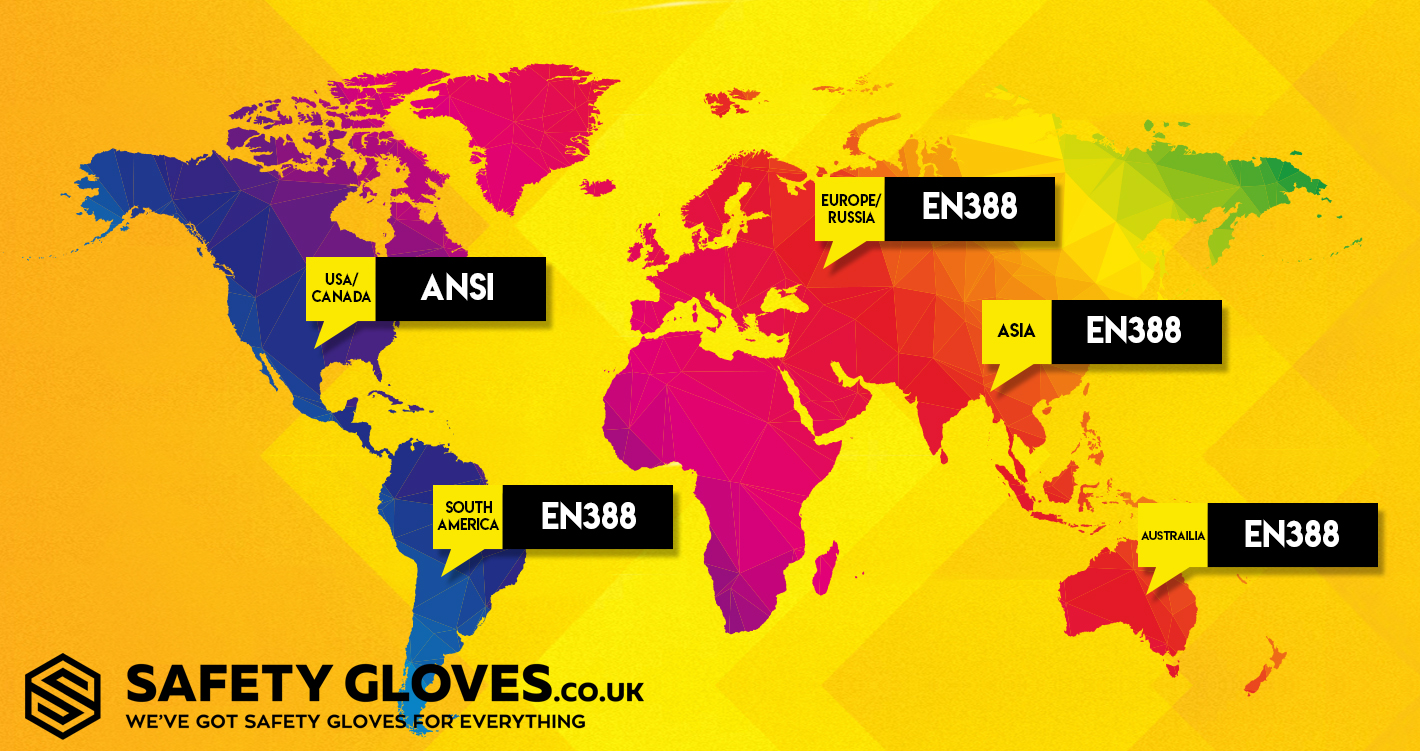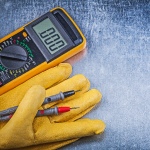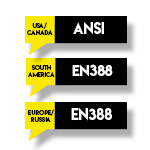Whether you work on oil rigs, around heavy machinery, or in a warehouse, it's important to protect your hands from dangerous impacts and vibration. This guide to our Best Impact Gloves will help you choose the best pair for you.
Glove Safety Regulations

Safety gloves are never more important that when you're working with electricity. Make sure you're wearing the right protection for the job, with our Best Gloves for Electricians.
Nitrile is one of the best glove materials for handling food in a hygienic and safe manner. Find out more about why nitrile gloves are such a good choice for food handling and how they can help in this guide.
Struggling With EN 374:2016? You're in the right place. We've put this guide together to answer questions, make expert glove recommendations and break down exactly what goes on in those complicated chemical resistance tests...
Got a question about EN 420? Looking for recommendations for work? You're in the right place. We've answered all your questions in our in-depth Guide to All Things EN 420.
Confused about cut-resistance? You're in the right place. Check out our informative, easy-to-follow guide on all things EN 388 cut-resistance related.
On most work gloves you'll notice that they have been certified to EN 388. Understanding the difference between the standards inside EN 388 is the key to your safety at work. Learn more here.
EN 511 is the standard that a glove needs to meet if it is to provide protection against the cold and water. Learn about EN 511 and how to buy EN 511 Gloves with this guide.
EN standards are often found on the back of the gloves to measure abrasion, cuts and more. Often, you'll find numbers representing other standards, such as ANSI. Learn about the difference between EN and ANSI standards with this short guide.
Out of all our gloves, it's heat resistant gloves that you'll want to trust most. Whether you work in foundry with heat that could burn through metal, or you're a chef who will be taking hot trays from the oven, you'll expect that the heat-resistant gloves that you are wearing will protect you from burns. This article quickly explains what EN standards are before giving you the lowdown on EN 407 so you are less likely to put the wrong glove into a molten furnace!
If you work with concrete breakers, hammer drills, chipping hammers, chainsaws and any other piece of equipment that causes high energy vibration, you're at risk of developing Hand Arm Vibration Syndrome (HAVS). Initially known as Vibration White Finger (VWF), the government have estimated that there are up to 288,000 suffers in the UK alone. This article explains the dangers of HAVS, demonstrating who should be concerned, and what steps you can take to prevent it.
You may be familiar with the old TraffiSafe System, a simple colour-coordinated cut-resistant measuring system that allowed users to easily identify what colour gloves meet what level cut-resistance. Unfortunately, all good things must come to an end, and the old standard, EN 388:2003, has been replaced with a new standard, EN 388:2016, meaning that a new TraffiSafe System is required. This short guide explains how the TraffiSafe System has been revised, ensuring that you aren't lost when it comes to cut protection.
We recently published a post about the changes to chemical resistance testing standards with the revision of EN 374:2003 to EN 374:2016. At the same time that these standards were changed, EN 388:2003 – the specific standards used to regulate the mechanical protection provided by safety gloves – was also updated. As with EN 374, the revised EN 388:2016 requires that gloves undergo more rigorous and more comprehensive testing to promote greater user safety. Read our summary of the major changes to help you get to grips with the new markings.
Itís safety first at Safety Gloves, where we donít settle for anything less than you total protection, thereís not many people we know who share our enthusiasm, but we reckon your EN 455 glove-wearing doctor is probably one of them.
If you're using a glove for medical purposes, it's crucial to know whether they are up to scratch. But with so many gloves out there, how do you find the best for your specific needs? With EN 455 you have an easier way to compare your single use medical gloves and know that they have been found up to the task.















